Masterpiece Story: The Pineapple Picture
Known as the “pineapple picture,” this enigmatic 17th-century painting captures the royal reception of King Charles II. The British royal...
Maya M. Tola 10 June 2024
Follow us on a short historical tour of thriving royal women across Europe who enjoyed power and success on their own terms. How we measure royal success is problematic, of course. What looks like a win to an ambitious queen might look like despoiling and conquering to our modern eyes – you decide!
Eleanor of Castile was a medieval queen, born in 1241, and she exerted a strong cultural influence across England. She was a landowner and successful businesswoman, a patron of literature, and had a keen interest in the art of tapestries, carpets, and garden design. Royal marriages were usually arranged for political or financial reasons, and she was betrothed to Edward I at age 13. However, it is said that both of the pair were devoted to each other. In fact, when Eleanor died in 1290, Edward commissioned 12 stone-cross monuments to be built along the route of her funeral cortege, the most famous of which was the Charing Cross in London.
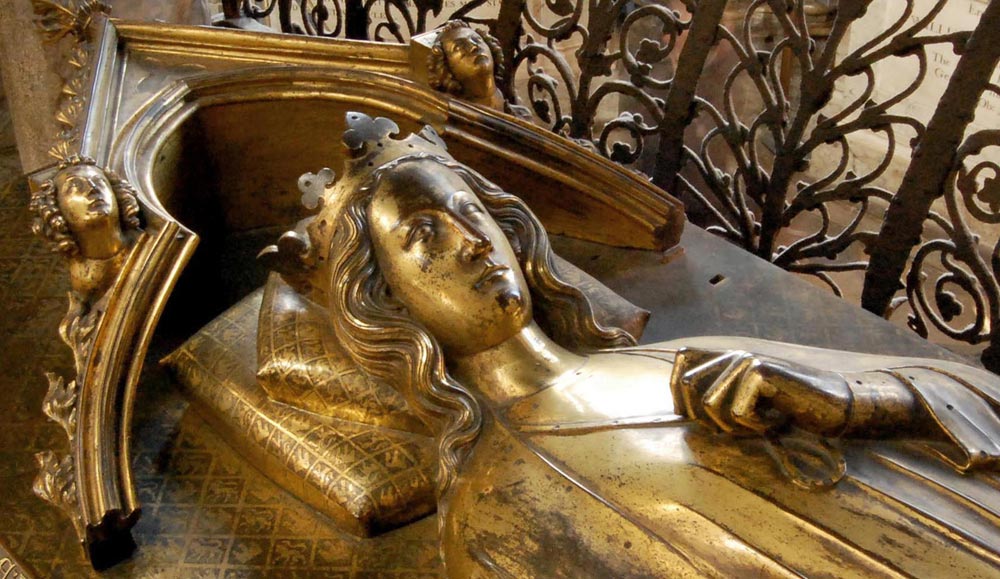
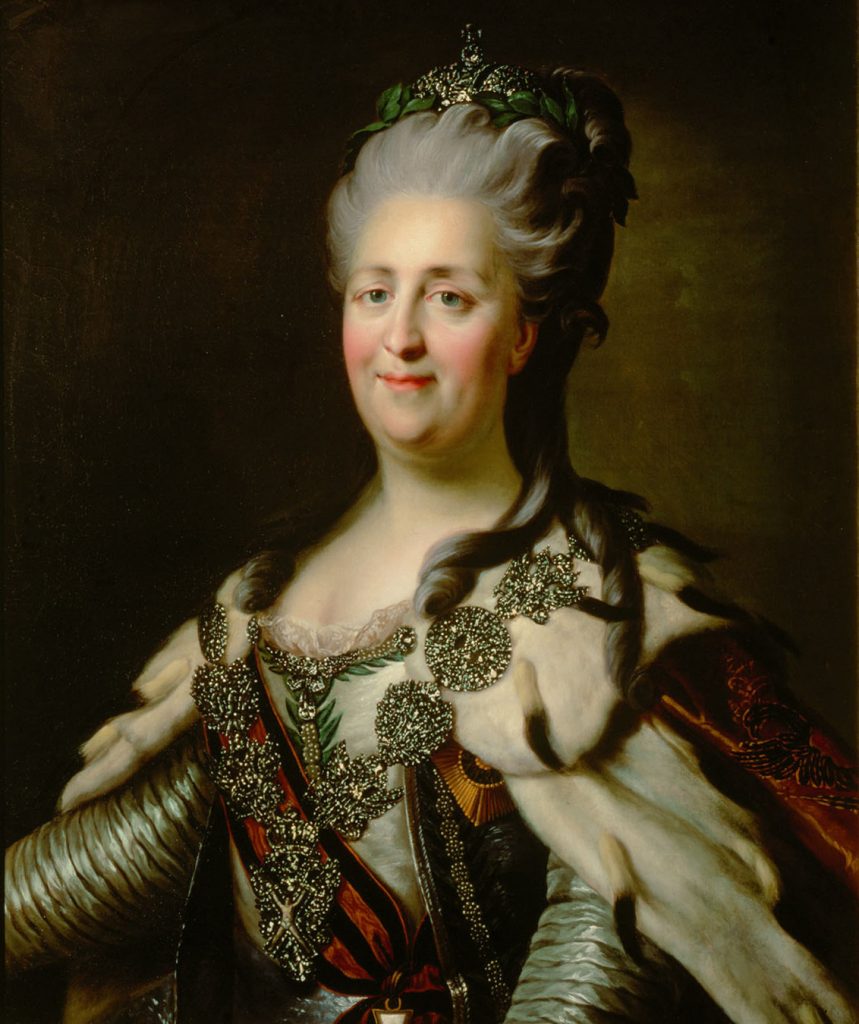



During her 34-year reign, Catherine II modernized and Westernized Russia. Her time as queen is known as the Golden Age of the Russian Empire. She was a fan of the Enlightenment, an art patron, corresponded with Voltaire, and promoted education. Perhaps most interesting for us, she was a vaccination pioneer and was the first person in Russia to be inoculated against smallpox in 1768. As for anti-vaxxers? She labeled them “block-heads, ignorant or just wicked.” Despite her determination to keep her population healthy, she was not averse to war, and she defeated the Ottoman Empire twice, expanding the Russian Empire over three continents. She was also known for a rather juicy personal life. The bawdier stories are probably not true, but I’ll leave you to research that for yourself.
























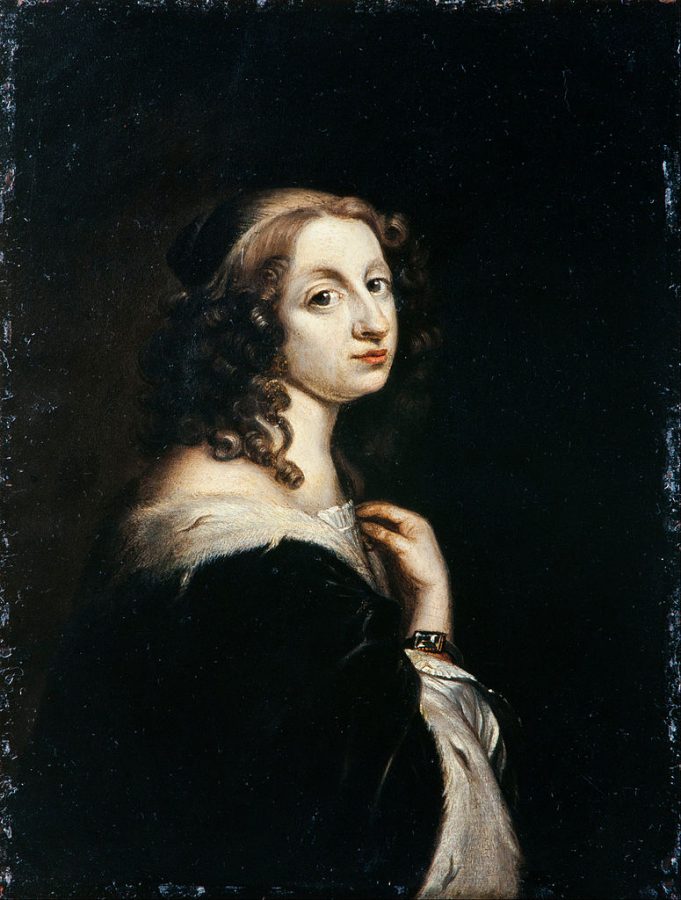























Christina was fiercely intelligent and spoke seven languages as well as her native Swedish. She collected and commissioned thousands of artworks and was a great patron. Just like Elizabeth I of England (who we discuss later) she saw the merits of celibacy and refused to marry. Many films, books, and plays have focused on her life – including a very famous 1933 film starring Greta Garbo.
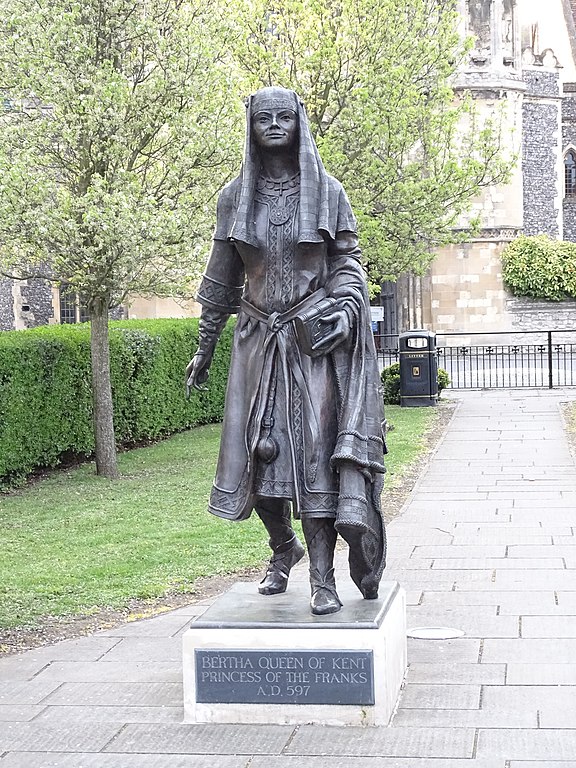























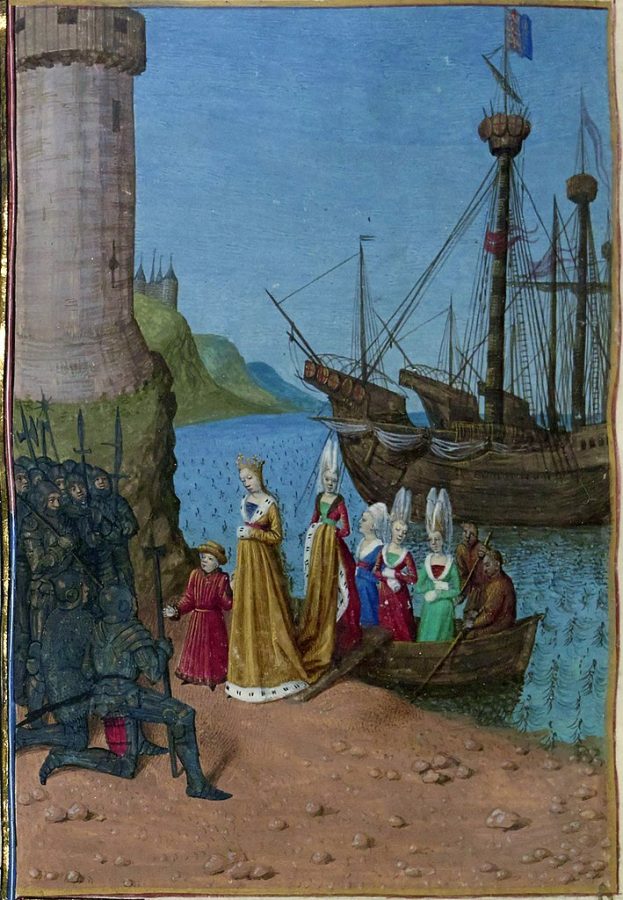



Possessing great beauty and intelligence, Isabella was also known as The She-Wolf of France. She was born into one of the most powerful families in Europe in 1295 or 1296. She married Edward II of England, himself intelligent and handsome. The marriage was affectionate and loving (although plenty of historians seem happy to report gossip and falsehoods about a powerful woman). However, Isabella later found that Edward preferred the company of handsome men who tried to reduce her influence in court, and she responded by trying to steal Edward’s throne. She finally forced him to abdicate the throne to their son, Edward III. Isabella lived to a ripe old age, enjoying the land and monies she had awarded herself, then became a nun!
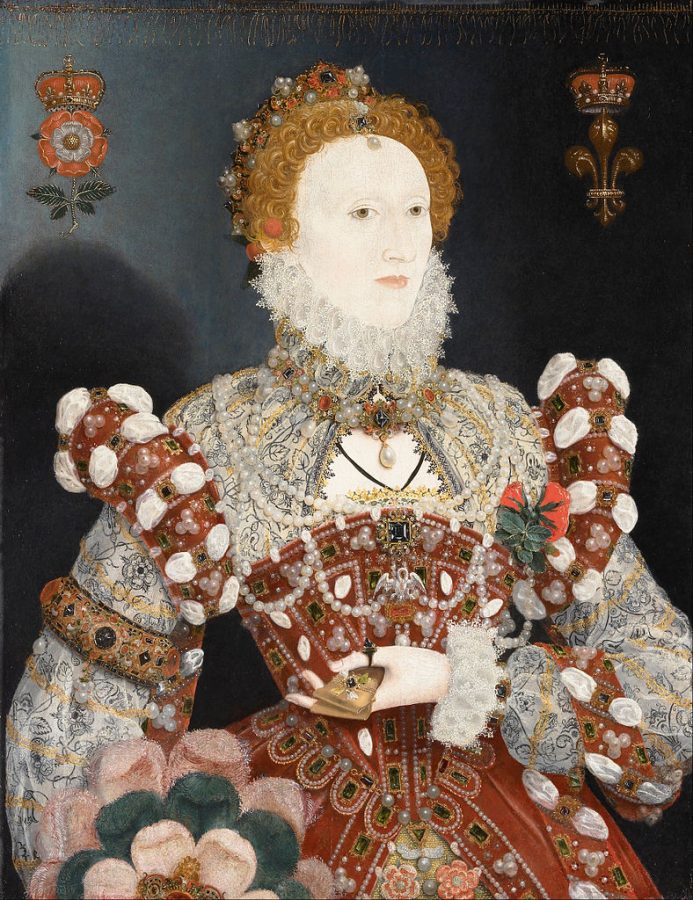























It was actually Elizabeth’s half-sister Mary Tudor who was the first woman to achieve the throne and be crowned queen in her own right in England. Nicknamed Bloody Mary for her persecution of Protestant heretics, Mary I had a short five-year reign, and on her death, the crown passed to her half-sister, Elizabeth I.
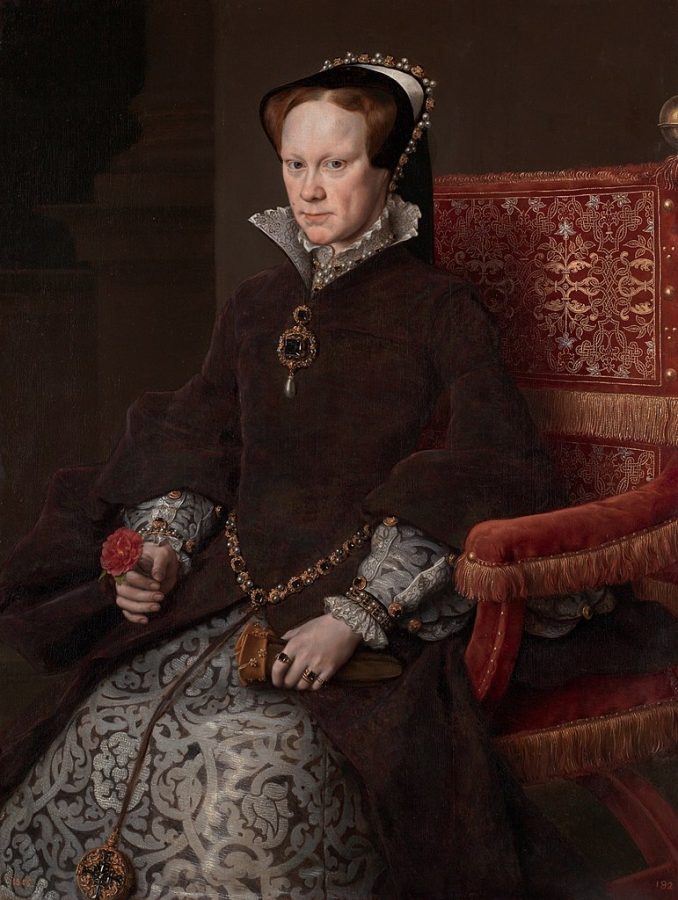























Elizabeth I ruled over a period of immense exploration and invention. An intelligent and literary woman, she welcomed Renaissance influences to England. She inspired Shakespeare’s Midsummer Nights Dream and even attended its first performance. She appointed Nicholas Hilliard as court painter–his works exemplify the very image of Elizabethan England.
Elizabeth was quite the stateswoman and very astute in her appointments of ministers and officials. Her forces defeated the Spanish Armada in 1588. Elizabeth’s choice not to marry was radical. She created an image of herself as Gloriana, married to her nation. She was incredibly popular with her subjects, had some fine portraits painted, and is portrayed in more films and TV shows than any other British monarch.
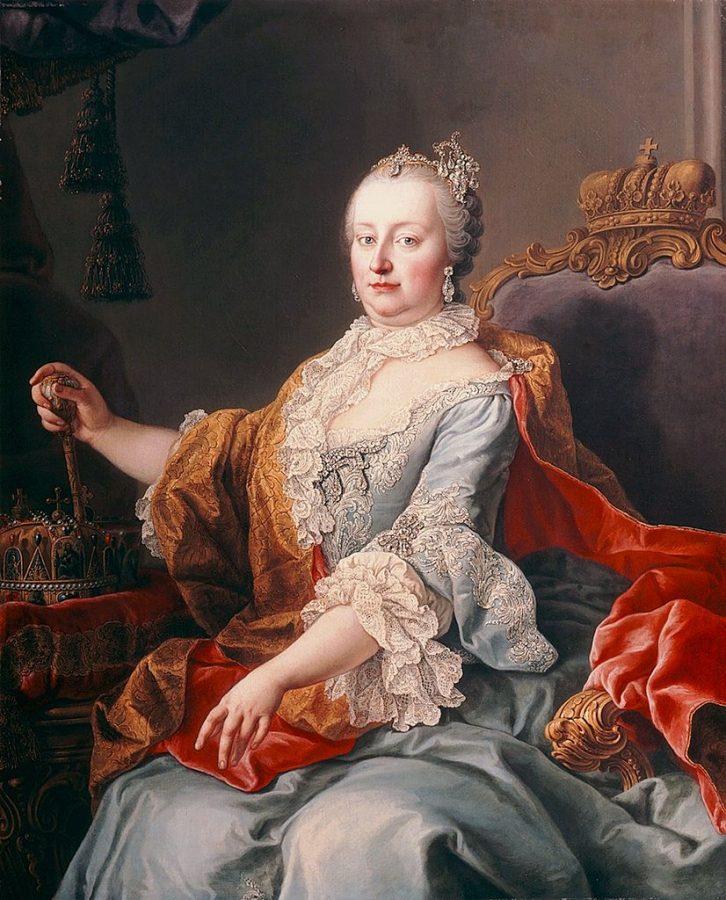























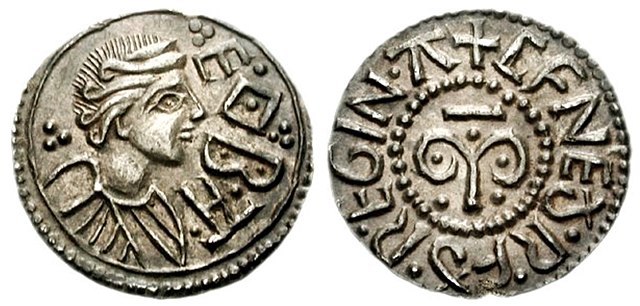























We will end with a mystery – Cynethryth. She was a medieval Queen of Mercia and very little is known about her. She must have been incredibly influential as she is the first and only Anglo-Saxon Queen to have her head on a coin. We thought she deserved a mention.
I’m sure I’ve left out some obvious names in this shortlist. If you want to argue for royal inclusion, then make your case! And take a look at the other side of the coin in Wronged Royal Wives including some VERY up-to-date royal gossip!
DailyArt Magazine needs your support. Every contribution, however big or small, is very valuable for our future. Thanks to it, we will be able to sustain and grow the Magazine. Thank you for your help!